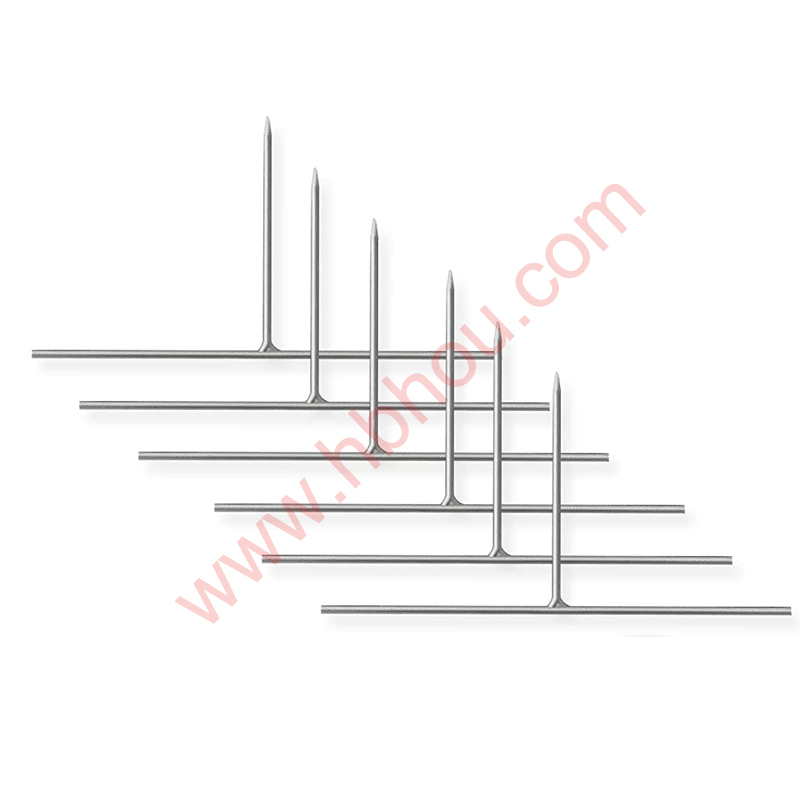Creating a Beautiful Fence for Your Herb Garden
When envisioning a flourishing herb garden, the introduction of a fence can play a pivotal role in both its aesthetic appeal and functionality. A fence not only defines the boundaries of your plant sanctuary but also protects your herbs from the elements and curious critters. In this article, we will explore various fencing options that can enhance your herb garden while providing practical benefits.
Choosing the Right Style of Fence
The first step in creating a beautiful fence for your herb garden is selecting a style that complements both your garden design and your home. There are numerous styles to consider, including picket fences, lattice fences, and natural living fences. A picket fence, with its classic charm and welcoming vibe, can enhance the quaintness of a cottage-style garden. If you prefer a more rustic look, a lattice fence can provide both privacy and support for climbing plants like peas or beans.
For the environmentally conscious gardener, a living fence made from shrubs or vines can create a green barrier while offering additional benefits such as attracting pollinators. Fast-growing plants, such as honeysuckle or climbing roses, can not only create a stunning backdrop but also contribute to the biodiversity of your garden.
Material Choices
The materials you choose for your fence are equally important. Traditional wood fencing provides a natural look and can be painted or stained to match your garden's color scheme. However, wood requires regular maintenance to prevent rot and decay. If you are looking for a low-maintenance alternative, vinyl or composite fencing can be a great option. These materials are durable, available in various styles, and do not require regular painting or sealing.
If you want to incorporate sustainability into your garden, consider using reclaimed materials. Old pallets, barn wood, or driftwood can be transformed into a unique fence, adding character to your herb garden while reducing waste.
fence herb garden

Functionality of the Fence
In addition to aesthetics, the functionality of your fence should be a top priority. A well-constructed fence can help protect your herbs from common garden pests such as rabbits, deer, and even neighborhood pets. Depending on your local wildlife, the height of the fence may need to be adjusted. For example, if deer are a concern, a taller fence may be necessary to keep these larger animals at bay.
Another functional aspect to consider is the materials' durability against weather elements. A strong fence will shield your herbs from harsh winds and heavy rain while providing shade for sun-sensitive plants. Additionally, creating climbing structures with your fence can allow you to maximize space in a small garden by growing vertical herbs or flowers.
Incorporating Herb Gardens into the Fencing
Why not go one step further and incorporate herbs directly into the fence design? Vertical gardening techniques allow you to plant herbs in pots or built-in pockets along the fence. This not only saves space but also creates a stunning visual appeal. Imagine walking through your herb garden, surrounded by thriving basil, thyme, and rosemary cascading down the sides of your fence.
Moreover, this setup facilitates easy access to your herbs for cooking or medicinal purposes, as you can reach out and snip off a sprig whenever you need it. It also ensures that your herbs get plenty of sunlight, as they are positioned right along the fence line.
Conclusion
Designing a fence for your herb garden is not merely an exercise in aesthetics but a vital component of creating a thriving green space. With a thoughtful approach to style, materials, and functionality, you can elevate your herb garden while ensuring the health and safety of your beloved plants. Whatever design you choose, a well-crafted fence will not only enhance your garden’s beauty but also create a sanctuary where you can enjoy nature's bounty. Happy gardening!
















